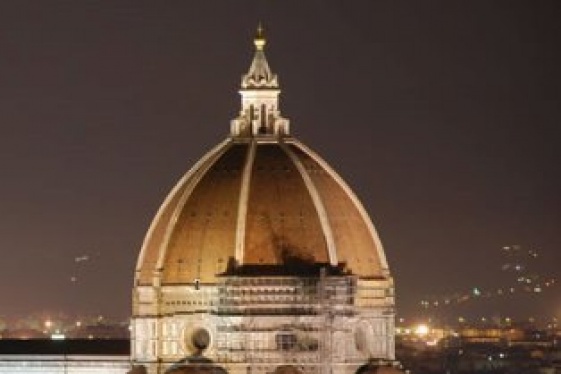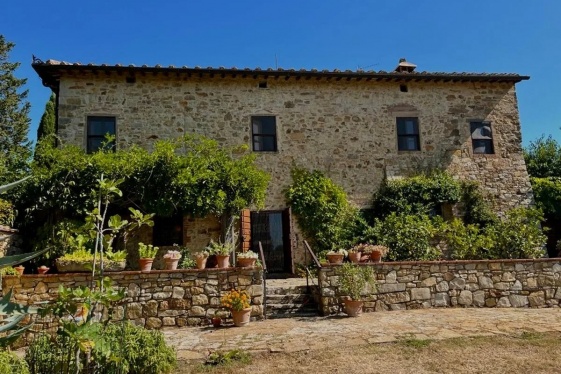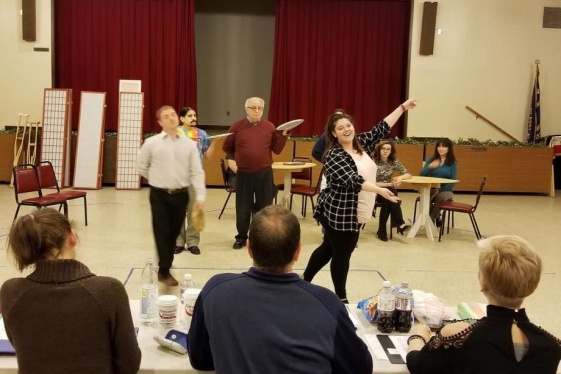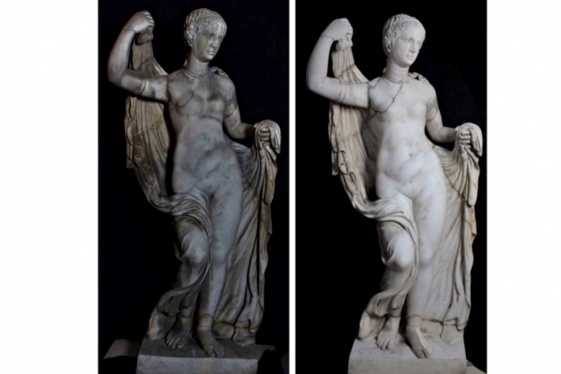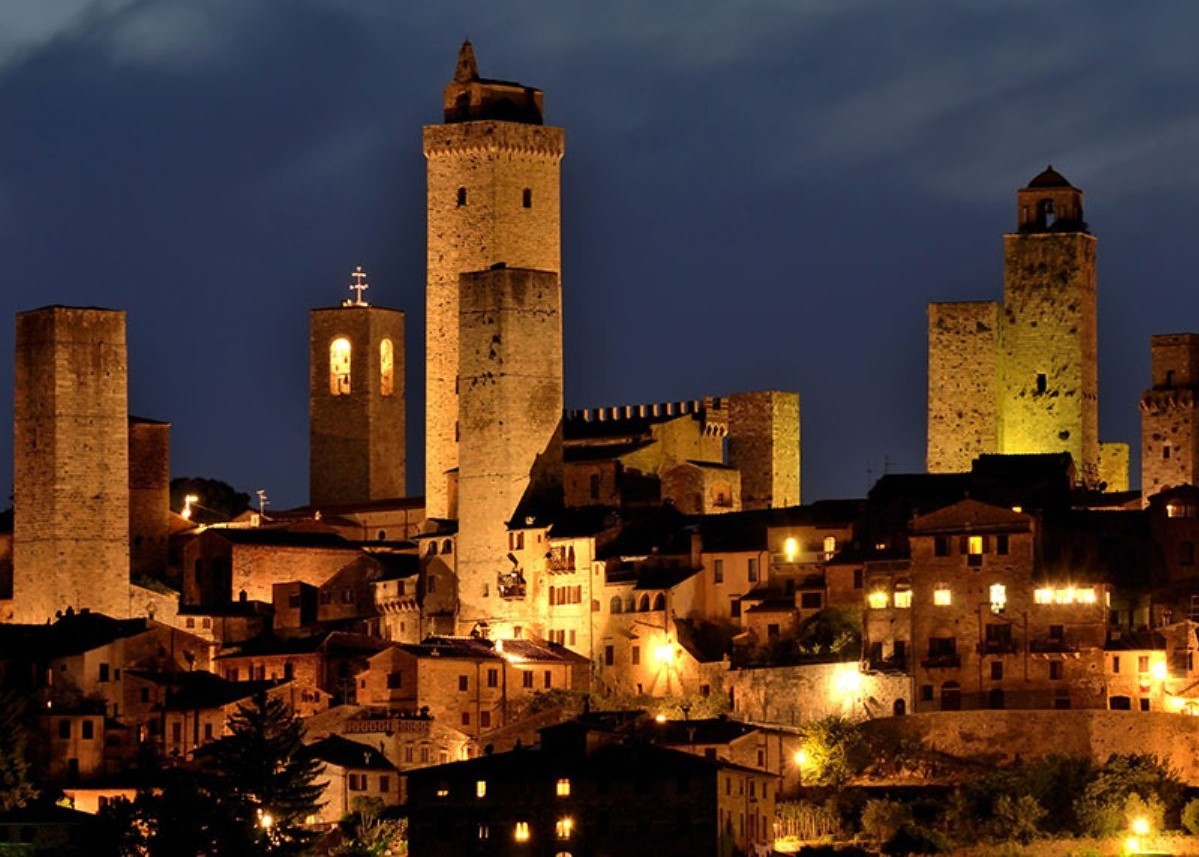

In the sun-drenched Sienese hills of the Val d’Elsa stands the gorgeous hilltown of San Gimignano, a splendorous Medieval atmosphere enwrapped by its 13th-Century wall. It is the Tuscany that tourists love most, set amidst fields of golden grain, vineyards and ancient borgoes; it is the Tuscany of Chianti and the Val D'Orcia, of beloved culinary traditions and singular tastes.
“A masterpiece of creative human genius, it is unique testimony to a past civilization, and as an exceptional exemplar of both architectonic complex and landscape, demonstrates signifcant passages in human history.” It is for such qualities that San Gimignano earned its place on the UNESCO Word Heritage List in 1990.
A visit to San Gimignano is a complete immersion into the 1300s borgo ambience; in fact, the city, still mostly intact today, is one of the best representatives – in terms of planning and organization – of the European commune (essentially, the urban version of the feudal system) from the Middle Ages.
The overriding characteristic of San Gimignano – that just about every visitor will notice from a distance – are its spectacular and unmistakable towers that watch over the scene. And each one has its own history.
The town experienced a period of economic wealth and artistic flourish, above all in the mid-1300s, thanks to the merchants and pilgrims traveling along the Via Francigena; the route passed through San Gimignano, dividing it into two. It was also during this time that the town’s foremost families challenged each other in building the highest tower, attempts to exhibit who held the most power.
This Medieval-style Keeping-Up-With-the-Joneses resulted in the Torre Comunale - also known as La Rognosa - as a means to put a stop to future towers rising ever higher. According to official decree, no other tower in San Gimignano could surpass that of La Rognosa. Around the year 1300, 70 towers symbolized the 70 wealthy families inhabiting this territory. Today, only 13 remain standing.
It was also in the same century that San Gimignano underwant a process of architectonic renovation, that comprised an expansion of the walls, the construction of numerous new palazzi, churches and convents – in the environs of Piazza della Cisterna and Piazza del Duomo - and their adornment with illustrious works of art. Indeed, great artists from the Sienese school came specifically to San Gimignano to paint the treasures that the world can still see today. They were Simone Martini, Lippo Memmi and Puccio Taddeo di Bartolo.
Breathtaking religious, civic and military structures make for a captivating skyline, while the fruits of the land – saffron and Vernaccia – render San Gimignano an eternally sought-out destination, where travelers can live one of the most important epochs in human history, all while they enjoy some of the best of what life and nature have to offer.
San Gimignano is famous for its Vernaccia wine production; known around the globe, Vernaccia is one of Italy’s finest whites. It was even the first Italian wine to bear the title Controlled Designation of Origin (D.O.C.) in 1966, follwed by the additional D.O.C.G. (the ‘G’ stands for Guaranteed) in 1993. Made exclusively in the Comune of San Gimignano, its home vineyards lie along the road that runs from Poggibonsi up to San Gimignano.
The grape harvest takes place from late September to early October. Vernaccia Normale can be bottled in March, while the Riserva must be aged in the wine cellars for one year. Vernaccia should be served chilled (10°C, 50°F), with appetizers, fish and white meat dishes. The Riserva, rather, should be kept at a temperature between 14°C and 16°C (57.2°F and 60.8°F); it pairs perfectly with the entire gamut of seafood dishes.
Finally, it is only just that a local museum – the Museo del Vino della Vernaccia, in the Villa della Rocca di Montestaffoli – pay homage to the prestigious San Gimignano wine!
You may be interested
-
Lecture and Concert that bring Italy to New...
Saturday, february 28 - 7 pm ESTChrist & Saint Stephen's Church - 120 W 69th St,...
-
'Buongiorno Papà' vince Nice Festival Usa
'Buongiorno papà' di Edoardo Leo, film sui quarantenni single in Italia, interpretato da R...
-
'Christmas I Remember Best': The Italian ceme...
Years ago our family spent an idyllic summer in beautiful Florence, Italy, the heart of Re...
-
'I inherited an Italian farmhouse and want ev...
At first I was excited. Then I was terrified. Now I cannot believe my luck. Like one of th...
-
'Love in Firenze' comes to The Addy at Procto...
Composer Ed Munger, 76, and lyricist Herb Weisburgh, 82, are a local songwriting duo who h...
-
'Mona Lisa's' identity could be revealed thro...
By Jamie Wetherbe The mystery of "Mona Lisa's" real-life muse, which has spawned centurie...
-
'Rediscovered Aphrodite' In Italy's National...
The recently restored statue of Aphrodite housed in the Museo Archeologico Nazionale (Nati...
-
'Saffron tourism' takes hold in Italy, harves...
Saffron tourism is the holiday of choice for a growing number of people fascinated by the...



